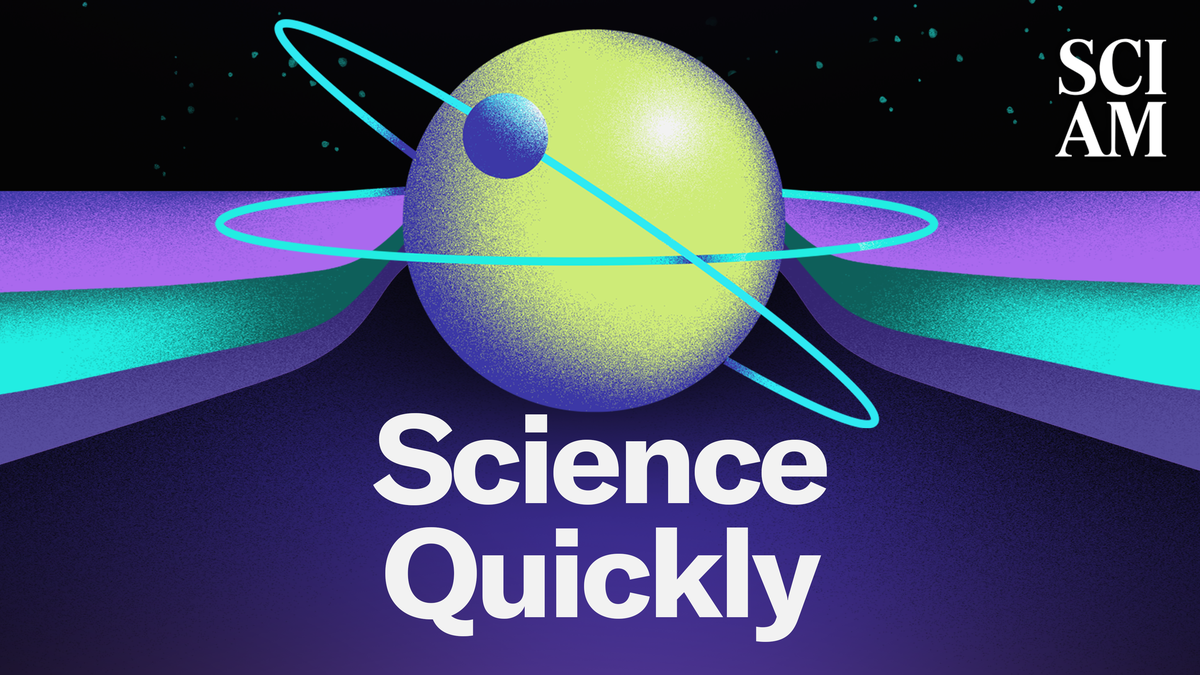NASA's Lucy Spacecraft Successfully Conducts Second Asteroid Flyby of Donaldjohanson

NASA's Lucy spacecraft has achieved a significant milestone by successfully completing its second flyby of an asteroid, capturing stunning images of a peanut-shaped rock known as Donaldjohanson. This event took place on April 20, 2025, when the spacecraft came within a remarkable 600 miles (960 kilometers) of the asteroid, providing scientists with unprecedented close-up data.
Donaldjohanson, measuring approximately 5 miles (8 km) in diameter, is a fragment of an ancient space rock that dates back to around 150 million years ago. Interestingly, this size is larger than initial estimates; just months before the flyby, scientists believed the asteroid was only about 3 miles (4 km) across. The name Donaldjohanson pays homage to the anthropologist who discovered the famous fossilized hominid known as Lucy in 1974, an inspiration for the spacecraft's name.
Tom Statler, the NASA program scientist overseeing the Lucy mission, expressed enthusiasm about the findings, stating, These early images of Donaldjohanson are again showing the tremendous capabilities of the Lucy spacecraft as an engine of discovery. The potential to really open a new window into the history of our solar system when Lucy gets to the Trojan asteroids is immense.
Previously, in February, Lucy had a preliminary observation of this main belt asteroid as it gears up for its primary mission to explore the Trojan asteroids located near Jupiter. While Donaldjohanson is not classified as a Trojan asteroid, its position allowed for an advantageous detour, making it a convenient point of interest for the mission.
The flyby also served as an excellent opportunity for NASA researchers to test various instruments aboard Lucy. These include the spacecraft's color imaging system, infrared spectrometer, thermal infrared spectrometer, and the LLORRI camera, which captured the spectacular images of Donaldjohanson. These instruments will prove essential for Lucy's upcoming encounter with the Trojan asteroid Eurybates, scheduled for August 2027.
Although Donaldjohanson is not the last asteroid on Lucys itinerary, it follows another significant milestone from the mission. In November 2023, Lucy successfully flew by Dinkinesh, a minuscule asteroid measuring just 0.5 miles (790 meters) across. This flyby marked a historic first, as it was the first time a spacecraft had observed a contact binary, a rare formation in the solar system. With the Trojan asteroids on the horizon, there is optimistic anticipation that Lucy will continue to uncover new discoveries in the vast expanse of our solar system.



























